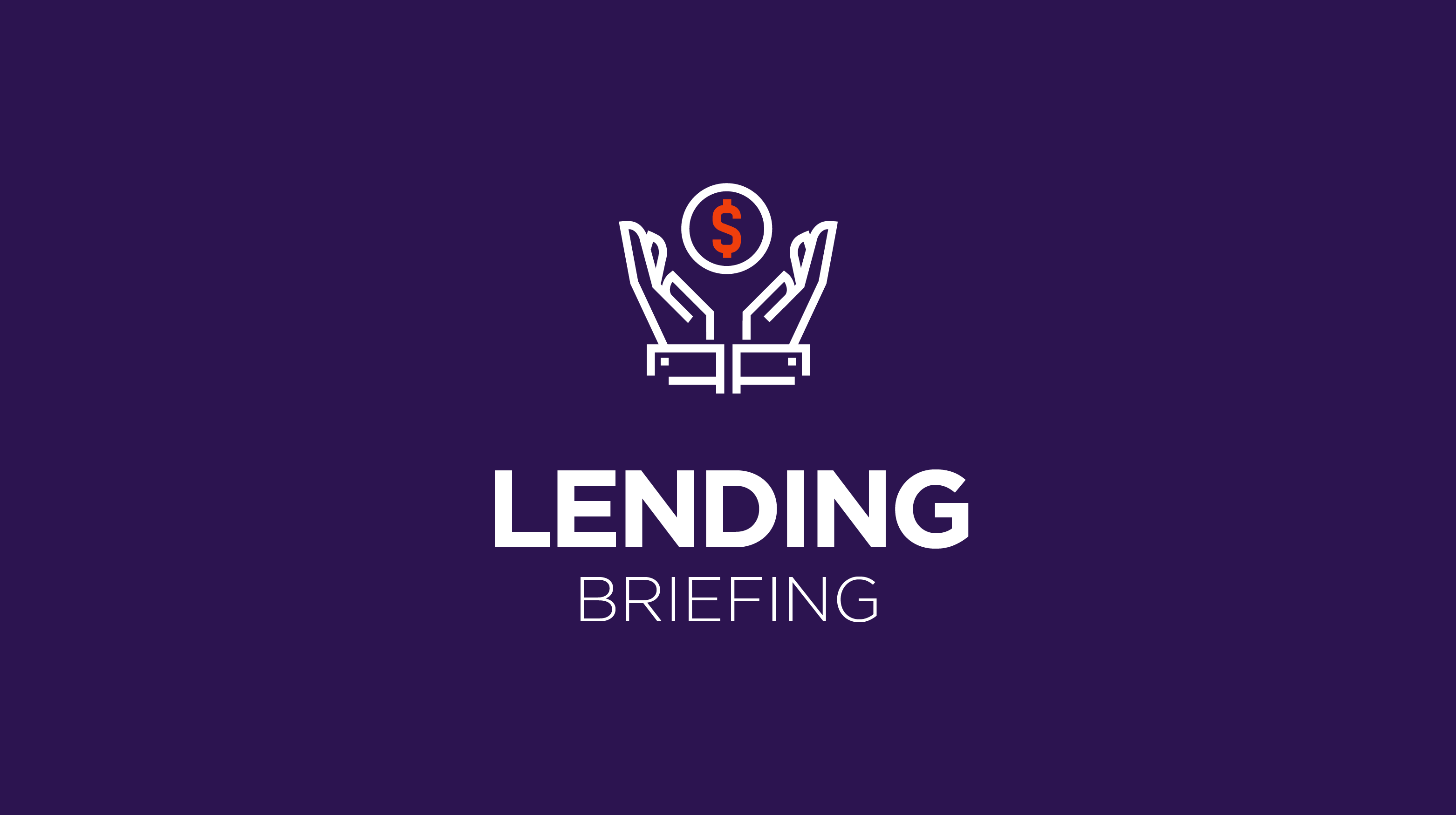Member Exclusive
Lending Briefing: Digital lending profitability and underwriting discipline
- Quite a few digital lenders beat market expectations in Q1 2022, posting very strong revenue growth as they continue to expand in new pockets of the market.
- But looking at the stock market performance of digital lenders', stocks are still well in the red, indicating that investors are looking for underwriting profitability.








